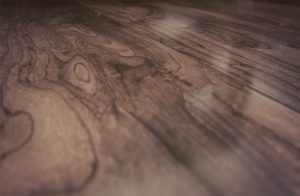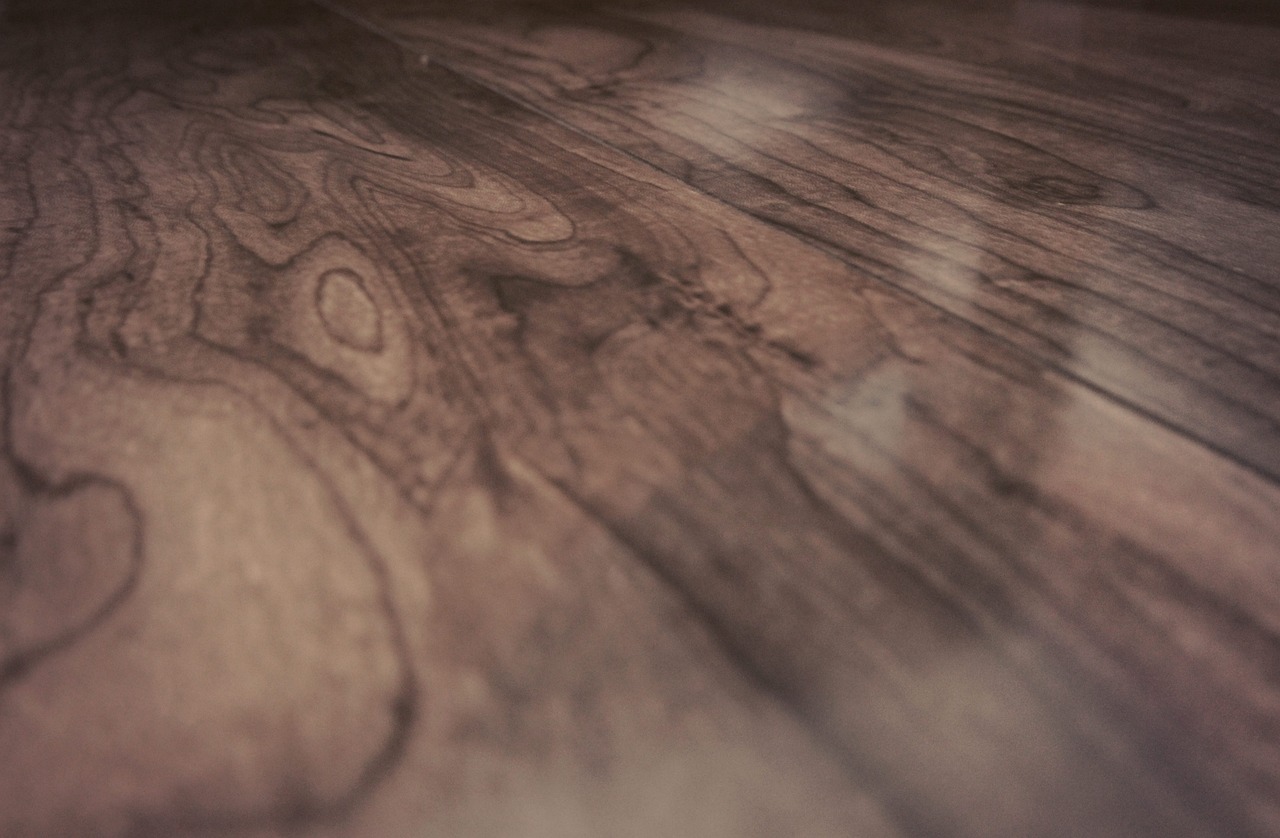
Hardwood flooring, a staple of interior design for centuries, transcends trends, offering a blend of natural beauty, enduring durability, and undeniable value.
Whether you’re renovating a historic home or designing a contemporary space, hardwood floors provide a foundation of elegance and warmth that’s hard to replicate.
This article serves as a comprehensive introduction to hardwood flooring, exploring its diverse types, benefits, and considerations for homeowners embarking on a flooring journey.
I. The Enduring Legacy: Why Hardwood Continues to Captivate
- A Timeless Aesthetic:
- Hardwood’s natural beauty, with its unique grain patterns and color variations, adds a touch of sophistication and warmth to any interior.
- It seamlessly complements a wide range of design styles, from traditional to modern, creating a versatile and enduring aesthetic.
- Unparalleled Durability:
- When properly cared for, hardwood floors can last for decades, even centuries, making them a long-term investment.
- Their robust nature withstands the wear and tear of daily life, adding value and longevity to your home.
- Enhanced Home Value:
- Hardwood flooring is a sought-after feature among homebuyers, increasing a property’s resale value.
- Its perceived quality and timeless appeal make it a worthwhile investment for homeowners looking to improve their property’s marketability.
- Natural Warmth and Comfort:
- Unlike cold, hard tile or stone, hardwood floors provide a natural warmth and comfort underfoot.
- They create a cozy and inviting atmosphere, enhancing the overall ambiance of your home.
- Hypoallergenic and Easy to Clean:
- Hardwood floors don’t trap dust, pollen, or pet dander, making them a healthier choice for allergy sufferers.
- Their smooth surface is easy to clean and maintain, requiring minimal effort.
II. The Diversity of Choice: Exploring Hardwood Flooring Types
- Solid Hardwood: The Classic Choice:
- Crafted from single planks of solid wood, solid hardwood offers a timeless and authentic look.
- It can be sanded and refinished multiple times, extending its lifespan for generations.
- However, it’s susceptible to moisture and humidity changes, limiting its suitability to stable, above-grade environments.
- Engineered Hardwood: The Modern Marvel:
- Constructed from multiple layers of wood veneers bonded together, with a real wood wear layer on top.
- Offers enhanced dimensional stability, making it more resistant to moisture and humidity fluctuations.
- Provides greater versatility in installation, suitable for a wider range of environments, including basements and some areas with moderate humidity.
- Exploring Wood Species:
- From the classic appeal of oak to the rich elegance of walnut, hardwood flooring offers a diverse range of wood species.
- Each species possesses unique grain patterns, color variations, and hardness ratings, allowing for customization and personalization.
III. Navigating the Nuances: Key Considerations for Hardwood Flooring
- Understanding Wood Grades:
- Hardwood lumber is graded based on the number and size of defects, such as knots and color variations.
- Higher grades offer a more uniform and aesthetically pleasing appearance, while lower grades may exhibit more character.
- Exploring Finishes:
- Finishes protect the wood and influence its appearance and durability.
- Common finishes include polyurethane, oil, wax, and aluminum oxide, each offering unique benefits and drawbacks.
- Sheen levels play a large roll in the final look of the floor.
- Installation Methods:
- Hardwood flooring can be installed using various methods, including nailing, stapling, gluing, and floating.
- The appropriate method depends on the type of flooring, subfloor, and environmental conditions.
- Maintenance and Care:
- Proper maintenance is essential for preserving the beauty and longevity of hardwood floors.
- Regular cleaning with appropriate products and humidity control are crucial for preventing damage.
- Budgetary Considerations:
- Hardwood flooring is a significant investment, so it is important to factor in material and installation costs.
IV. The Journey Begins: Embarking on Your Hardwood Flooring Project
- Planning and Preparation:
- Careful planning is essential for a successful hardwood flooring project.
- Consider the room’s function, traffic level, and desired aesthetic.
- Professional Installation:
- Professional installation is highly recommended for optimal results and to ensure the longevity of your floors.
- Sustainable Sourcing:
- When possible, choose hardwood flooring from sustainable sources to minimize environmental impact.
- Look for certifications such as FSC.
Conclusion:
Hardwood flooring offers a timeless blend of beauty, durability, and value, making it a worthwhile investment for any homeowner. By understanding the diverse types, considerations, and maintenance requirements, you can confidently embark on your hardwood flooring project, transforming your home with enduring elegance.
